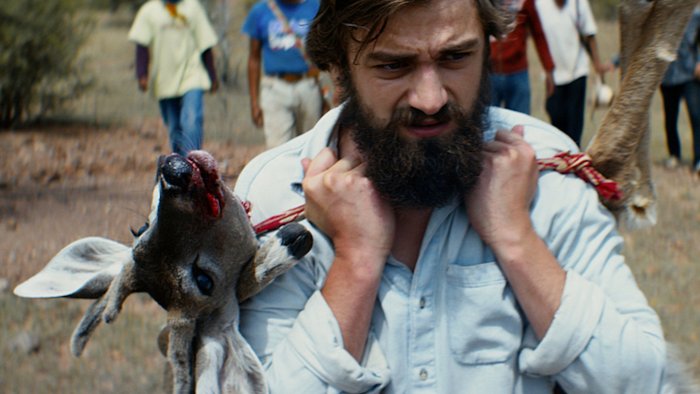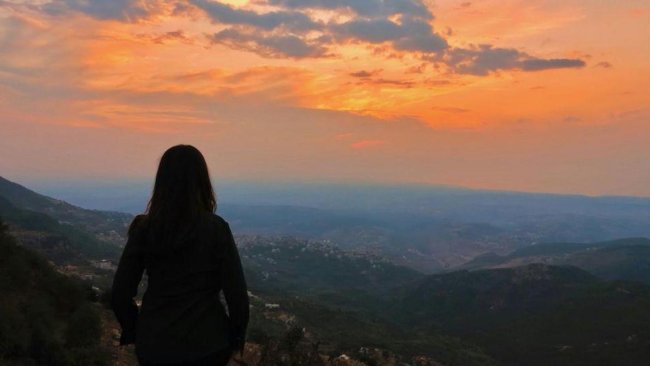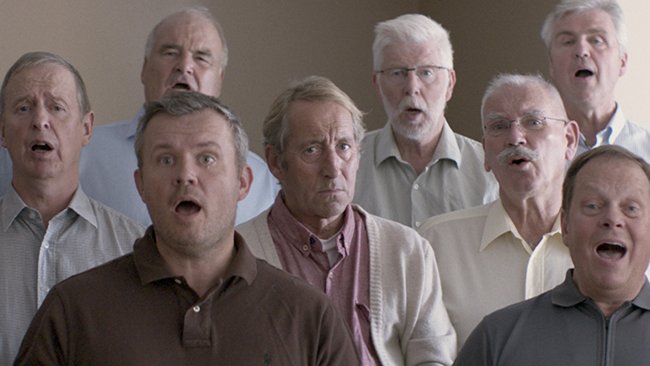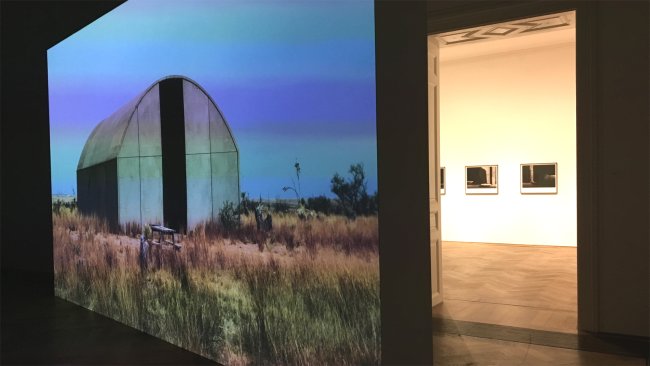Pamparios
[…] But more than just filming his life, Seufert thus documents his route towards becoming a filmmaker; his journey of exposing himself and his life to the camera, his discovery of the documentary genre, as applied to his own person.
[…] Hence the evident frailties of the young Florian in front of the camera – which I tried to perceive more as an existential strength of the film rather than a dramaturgic weakness – are largely counter-balanced by the incredible solidity of Seufert’s formal language, a language which celebrates the potentialities of cinema.
Text: Giuseppe Di Salvatore

«For my first feature, I felt that I had to put myself in front of camera, in order to allow me to shoot the life of other persons in the future». During the Q&A session at the festival Visions du réel in Nyon, this was how Florian Seufert explained the rationale for his documentary auto-representation. In fact, we have gained the impression that many scenes have been staged, so a fictional layer is ever-present in this auto-documentary. But more than just filming his life, Seufert thus documents his route towards becoming a filmmaker; his journey of exposing himself and his life to the camera, his discovery of the documentary genre, as applied to his own person. Pamparios may thus be considered as an essay in the experience of documentary filmmaking.
In the first part of the film, this exposition of his self takes the form of a confrontation – both with his own Bavarian family, and the wider community within which Florian has lived. His birthday – which coincides with his parents’ wedding anniversary – is the occasion to push at its existential limit the celebration of the collective self. The very closeness of a joyful community becomes a suffocating environment for this young man who is searching for his own path in the world. This theme of the family goes together with a theme of separation and abandonment – this is present in his family’s past as well as in the near future: for Florian will shatter his girlfriend’s dream of starting a family with him.
Onward into the second (and longer) part of the film, we now find Florian in Mexico, where he is trying to integrate himself into the indigenous community of the Huichol. There, the search for his own individuality takes the form of a journey of initiation. He experiences all the clichés of exoticism; the delusions of returning to nature; the illusions of religious transcendence. Finally, the constraints imposed by his adopted new community reveal the eventual failure of the attempt to set free his own individuality.
This second part of Pamparios has genuinely documentary and ethnographic elements as we discover though his perspective the lives and habits of this indigenous community. Yet, at the same time, the camera focuses ever more insistently on Florian – and his existence as a stranger, an outsider, an improbable figure in the new landscape. Inevitably we perceive his highly naive journey in Mexico as a sort of auto-ironic transformation of the theme of the exposition of the self. At least, this is how we can make best sense of Florian’s constant presence in front of the camera, a presence that otherwise could appear as almost a filmic superposition, as an element of inconsistency in the filmic story. That Florian’s words and gestures sound contrived finally appears as being consistent with his existential uneasiness. He appears to have no place to be (or better, to exist), neither in Bavaria nor in Mexico: and this explains why he is also unable to find a comfortable place in his own film.
The formal construction of Pamparios is intended to express the existential exception of the individual – one of the main themes of the film, and this is conveyed largely by contrasting the treatment of Florian’s figure on the one side with the sound and image layers on the other. In contrast with the immaturity of his figure, the images and sounds combine to construct a wonderfully mature cinematic language. The excellent soundscape (Viktor Schimpf) develops a perfect continuity with the insertion of musical elements (Samuel Penderbayne), playing the central role in expressing the social and natural spaces that we see. And more precisely, describing the differences between the inner world of the protagonist and the outer world that he either escapes from or integrates within. The sound of Pamparios works as a rich and complex painting – the result of adding auditory brushstrokes of lines and colours. In contrast, the imagery of Pamparios (cinematography by Moritz Tessendorf) seems almost to be the outcome of a work of reduction (akin to a sculpture), it is dense and expressive. Even more oriented to the essential is the brilliant editing (realised by Seufert himself), through which the apparent fragmentation expresses the powers of associative construction and poetic allusion. Hence the evident frailties of the young Florian in front of the camera – which I tried to perceive more as an existential strength of the film rather than a dramaturgic weakness – are largely counter-balanced by the incredible solidity of Seufert’s formal language, a language which celebrates the potentialities of cinema. In short, we can say that the filmmaker’s choice to display on-screen his own existential hesitations ultimately connects with a mature filmmaking that expresses its own phenomenology.
This article contains a third-party video. If you would like to watch the video, please adjust your settings.
Info
Pamparios | Film | Florian Seufert | DE-MEX 2018 | 82’ | Visions du Réel 2018
First published: April 20, 2018



